8 Sustainable Looks That Make Fashion Proud
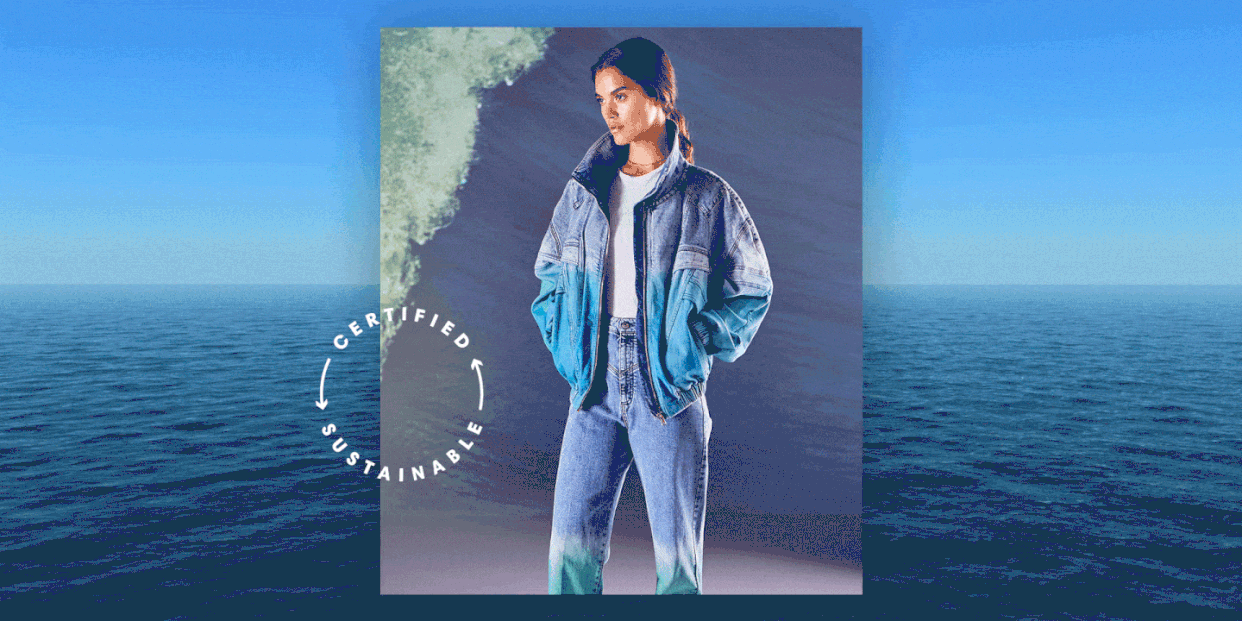

Welcome to Sustainable Style, a new series in partnership with the New Standard Institute, where we'll be publishing stories devoted to the fashion and beauty industry's effects on the environment. Click through for lessons on how to shop sustainably, explorations on what the future of your closet really looks like, and plenty of myth-busting along the way.
Shapeless silhouettes. Hippie fabrics. Crunchy designs. These words have long been synonymous with sustainable fashion, but a new guard of eco-conscious clothing pioneers are proving that earth-friendly and fashion-forward are no longer mutually exclusive.
Focusing on artisanal labor, high-quality natural fabrics and local supply chains, along with a reduction of energy and water consumption, elimination of chemical use, and minimal impact on forests and biodiversity, we've put together eight sustainable looks from brands that have our seal of approval. One thing you won't see? Recycled polyester, which has become synonymous with sustainability, despite data suggesting it may have a higher carbon footprint than natural fiber—not to mention the micro-plastic pollution it generates.
As we steer the industry on a more sustainable path, we hope to impart one important message to our readers: Only buy what you love, and what you will wear for decades to come. This, we've come to learn, is the best solution—outside of wearing no clothes at all.
Stella McCartney
Denim made from certified organic cotton, grown without the use of pesticides, synthetic fertilizers, or genetic engineering.
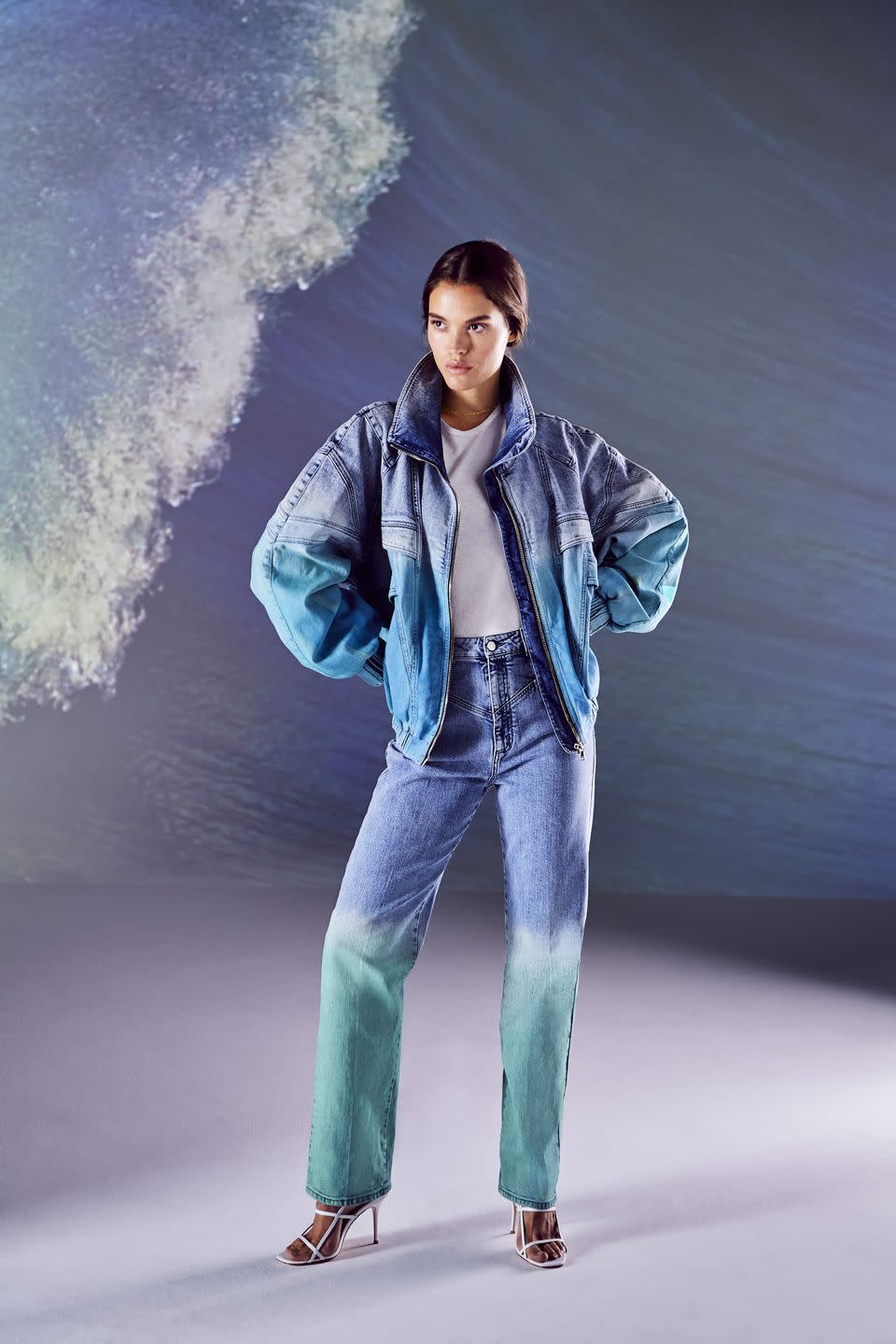
Did you know fashion made from polyester is responsible for 500,000 tonnes of plastic microfibers entering our oceans every year?
Amur and Voz
Bodysuit made from regenerated PET fibers; pants sewn locally in a women-owned New York factory that pays ethical wages to its expert artisans.
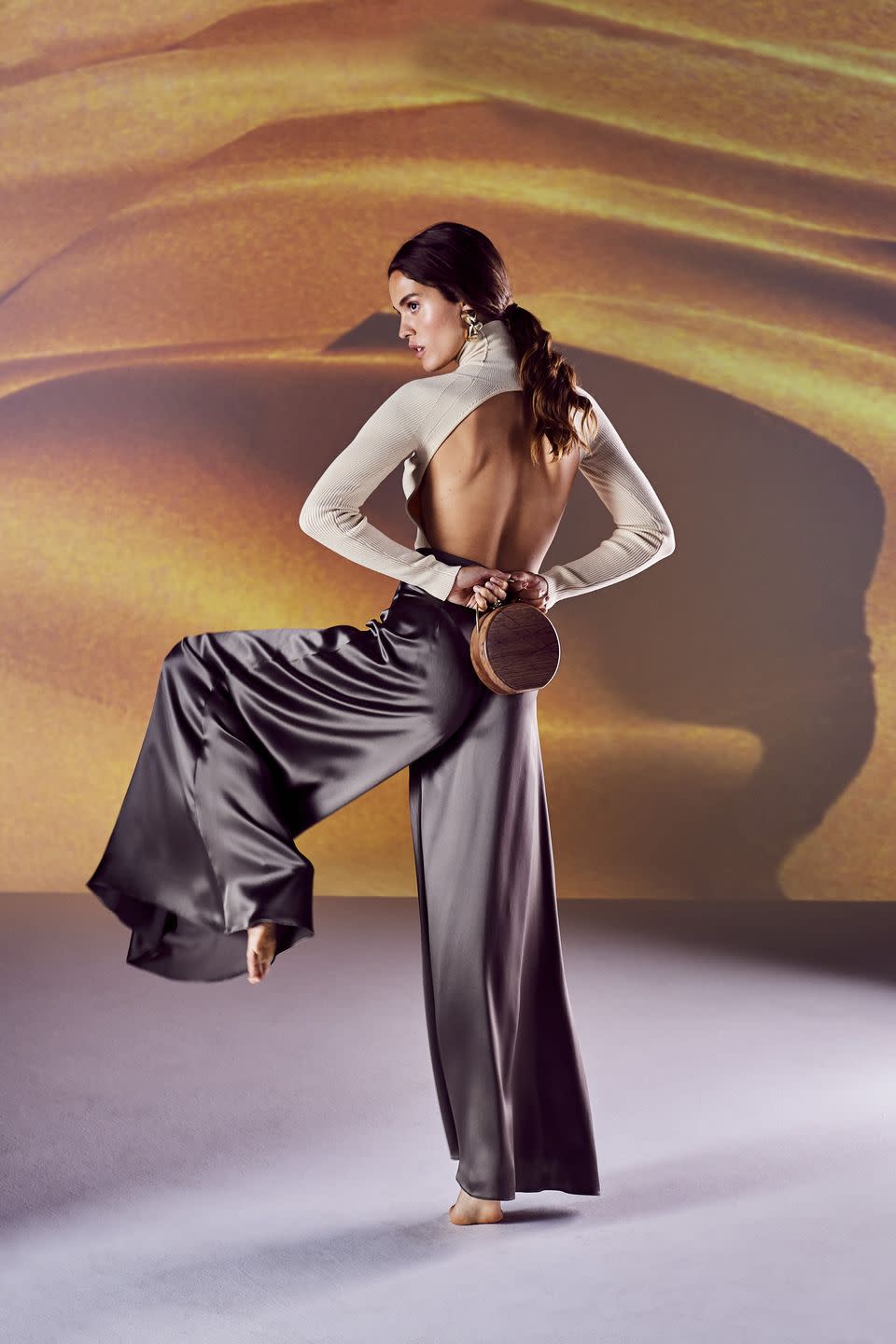
Did you know garment workers usually receive only .5 - 4 percent of the final retail cost of a garment?
Esse and Olivia Kane
Shorts made from dead-stock, re-purposed Italian fabric; a necklace cast in conflict-free recycled gold.
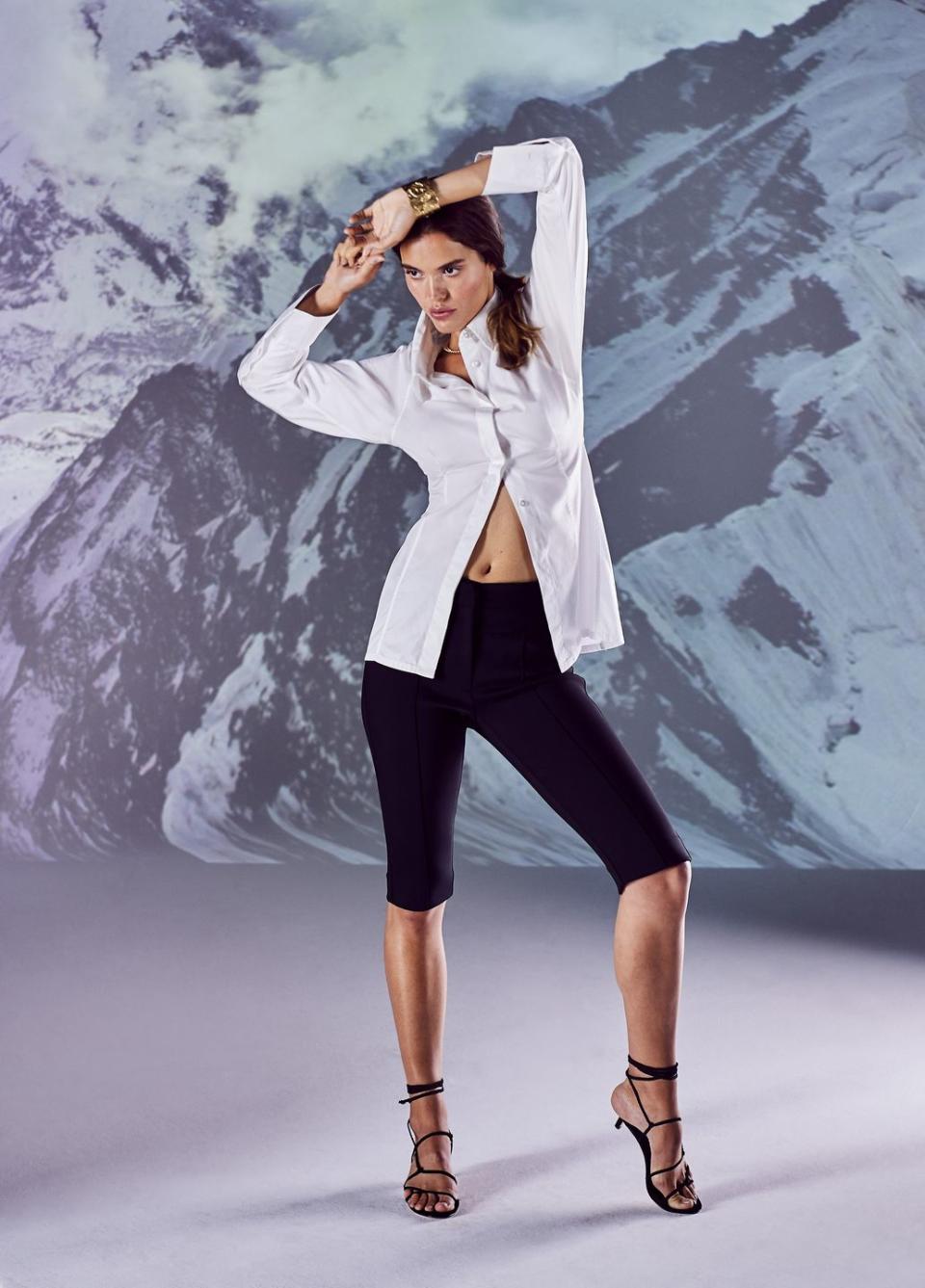
Did you know the fast fashion industry is responsible for over 8 percent of global greenhouse gas emissions?
Maggie Marilyn
Top and skirt made from silk that is grown, woven, dyed, and printed in-house to Bluesign certification.
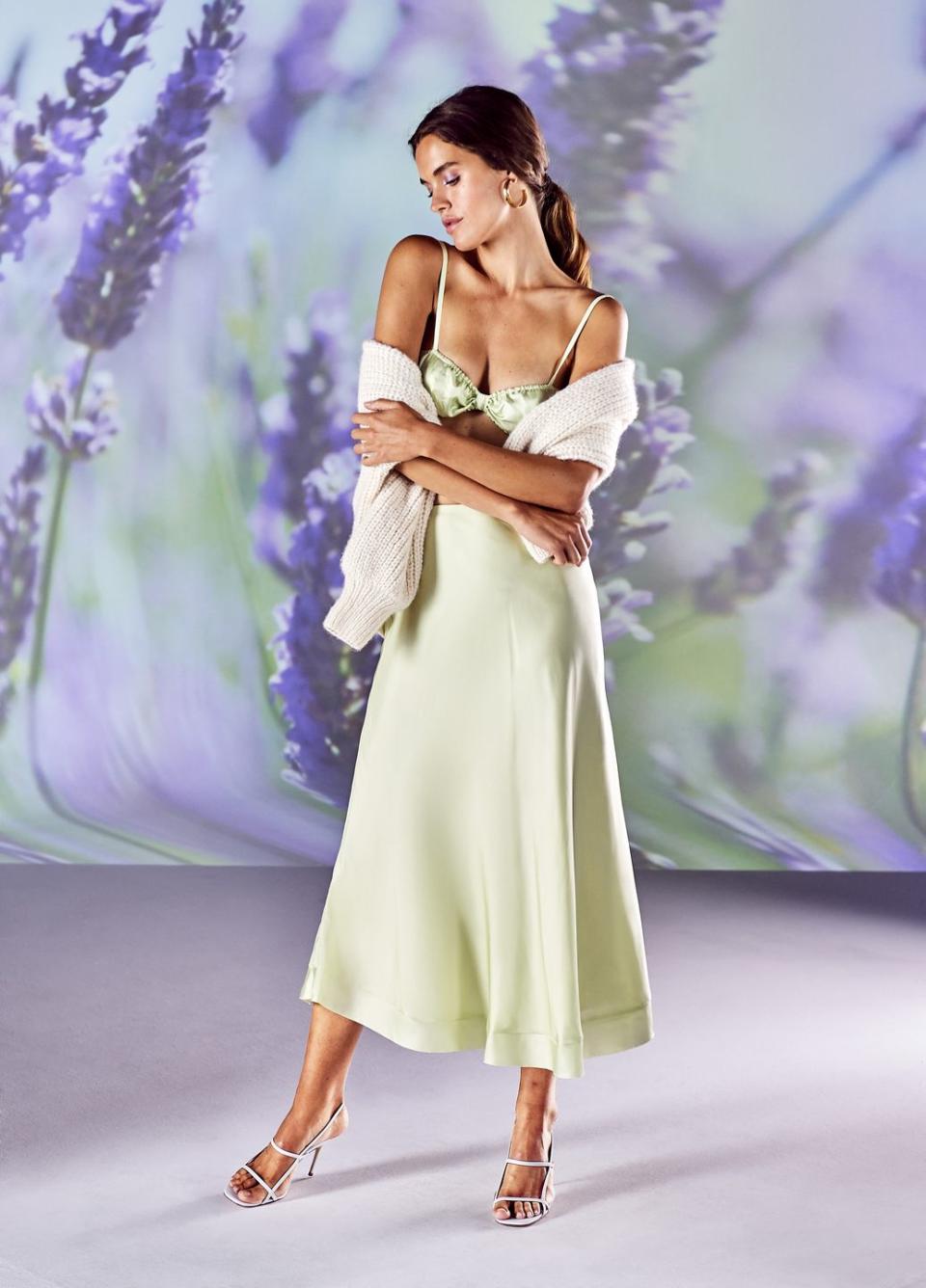
Did you know by 2030, CO2 emissions from the fashion industry are projected to increase by more than 60 percent?
Brother Vellies
Boots made from cow byproduct leather, suede sourced locally by artisans in Mexico, and soles made from chrome-free vegetable-tanned leather, using no harmful dyes or chemicals.
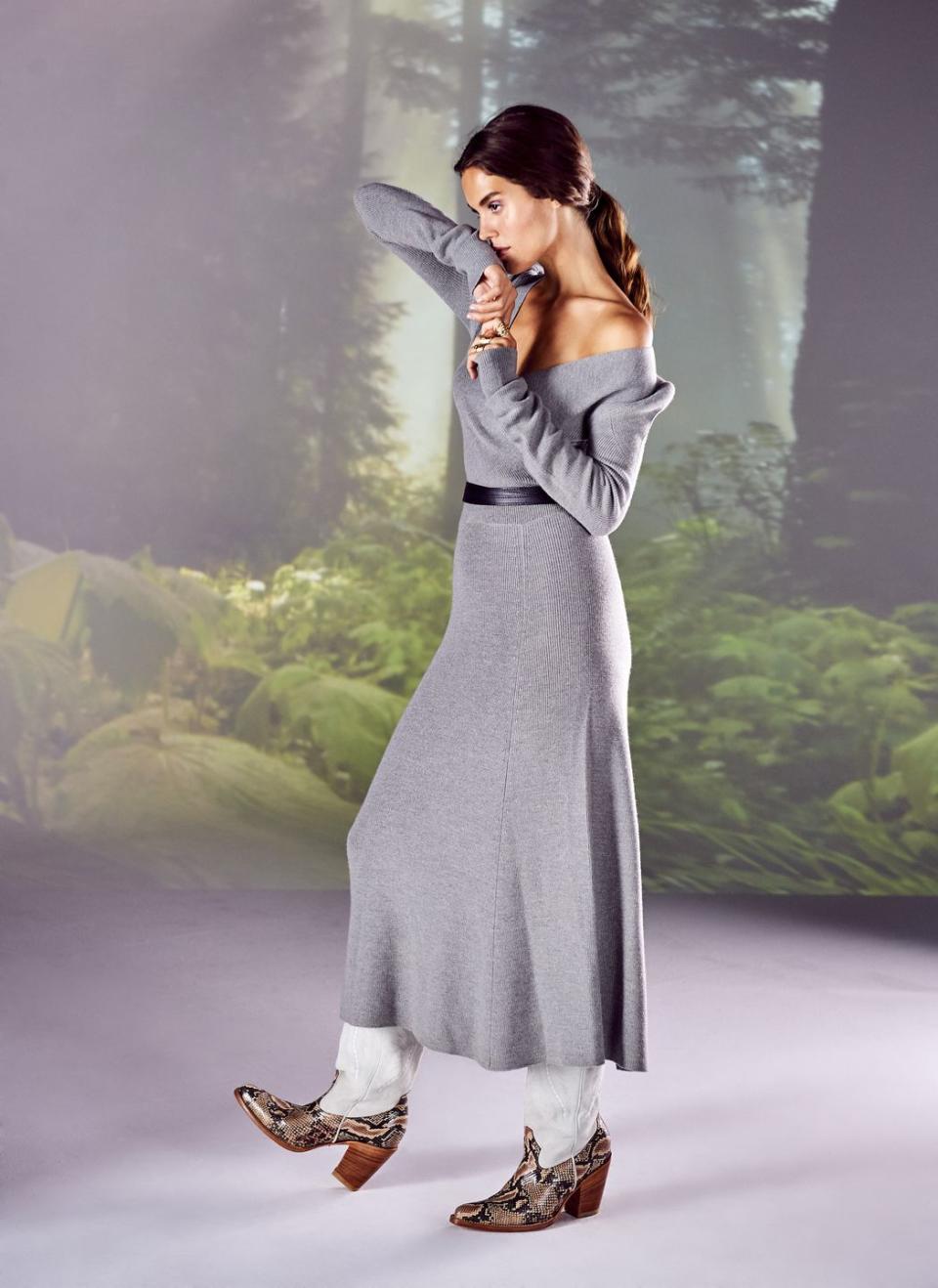
Did you know Americans are throwing away 81 lbs of clothing per person, per year?
Gabriella Hearst
Suit handmade from 100 percent silk, woven and sewn in Italy.
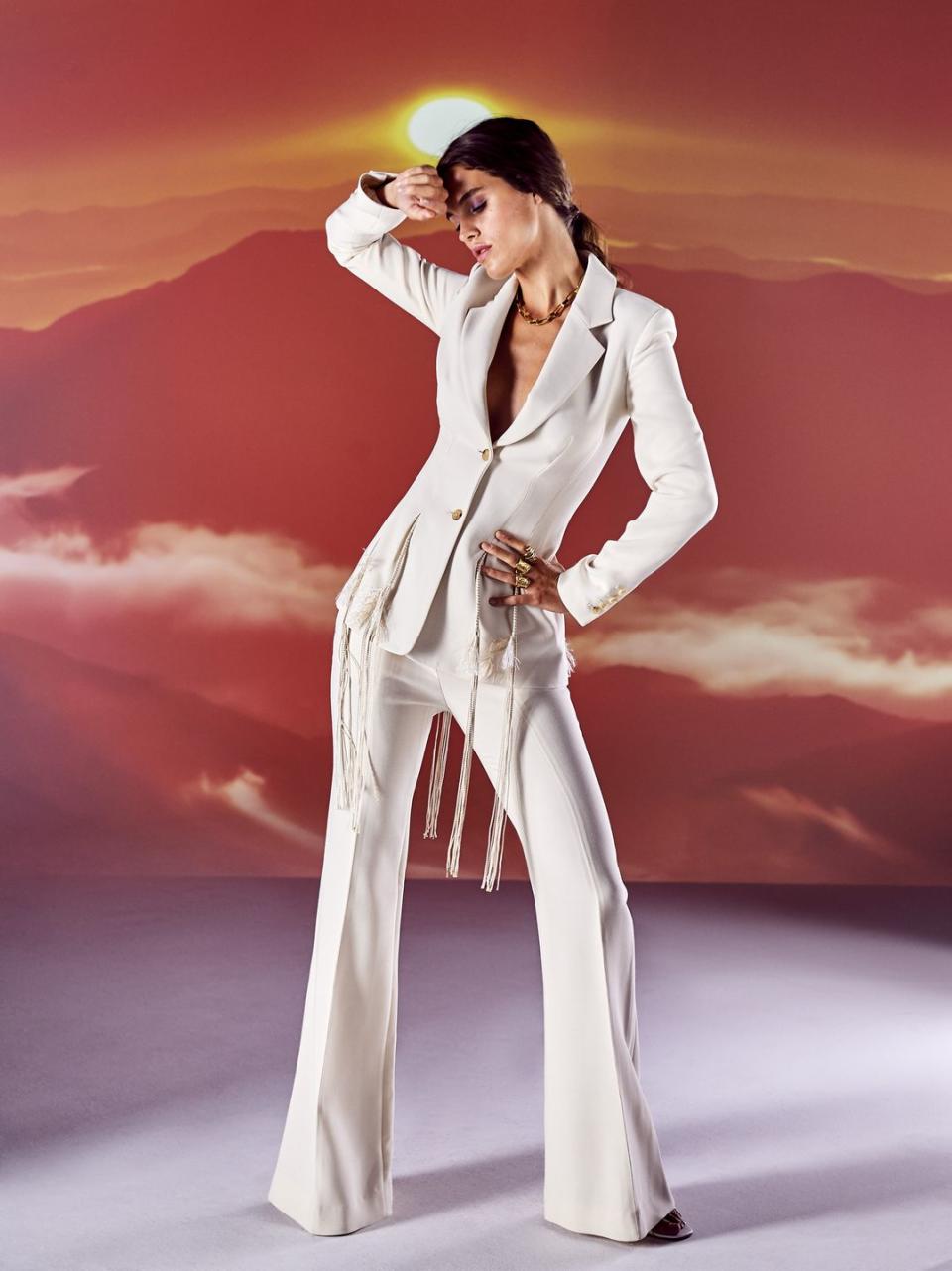
Did you know plastic microfibers shed from synthetic clothing are ending up in our food supply?
Mara Hoffman
Trench coat made using fibers from the pulp of sustainably-harvested trees, in a renewable energy Australian mill.
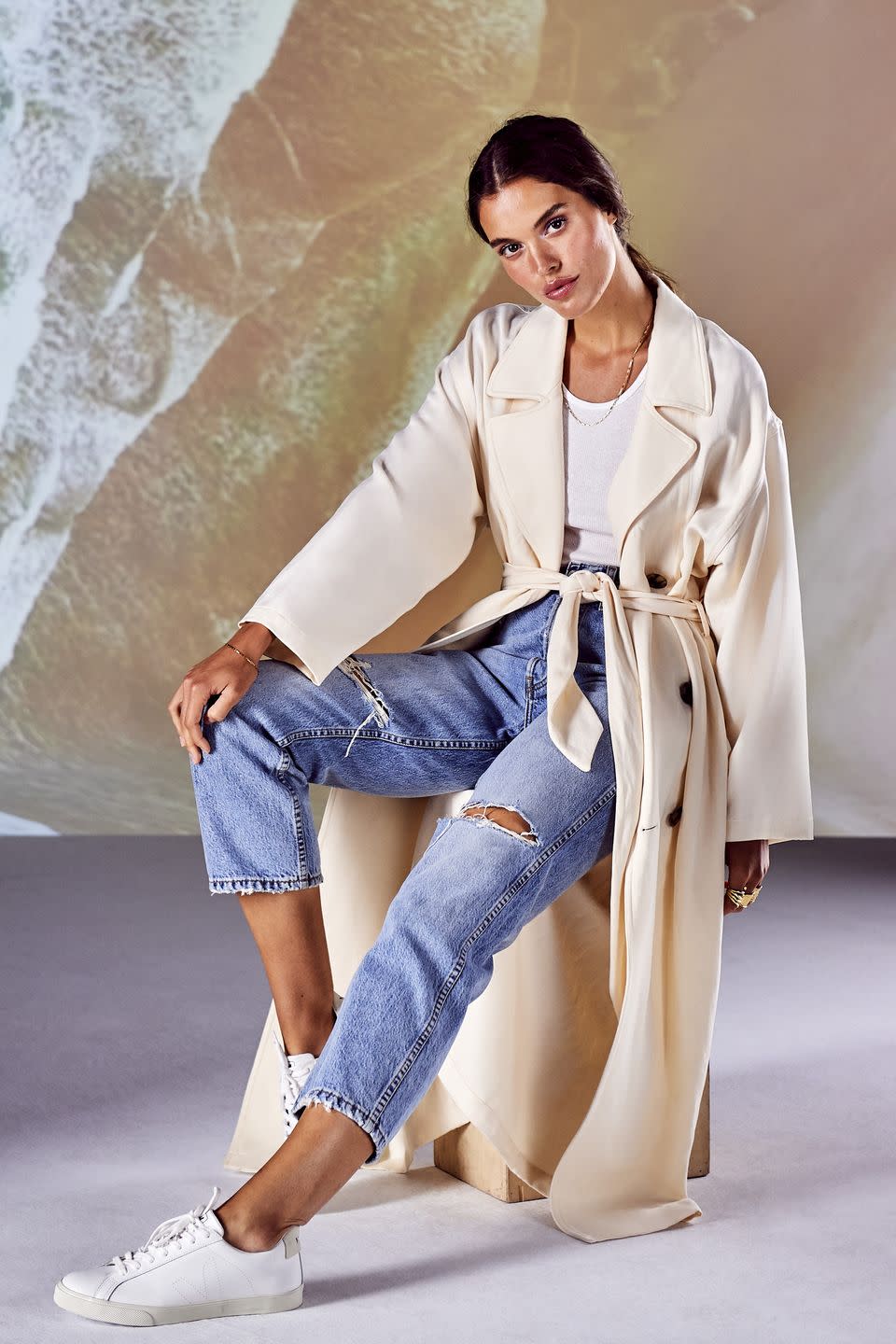
If the industry continues on its current path, by 2050 it could use more than 26 percent of the total global carbon budget.
Because the most sustainable solution might be tricky to pull off.
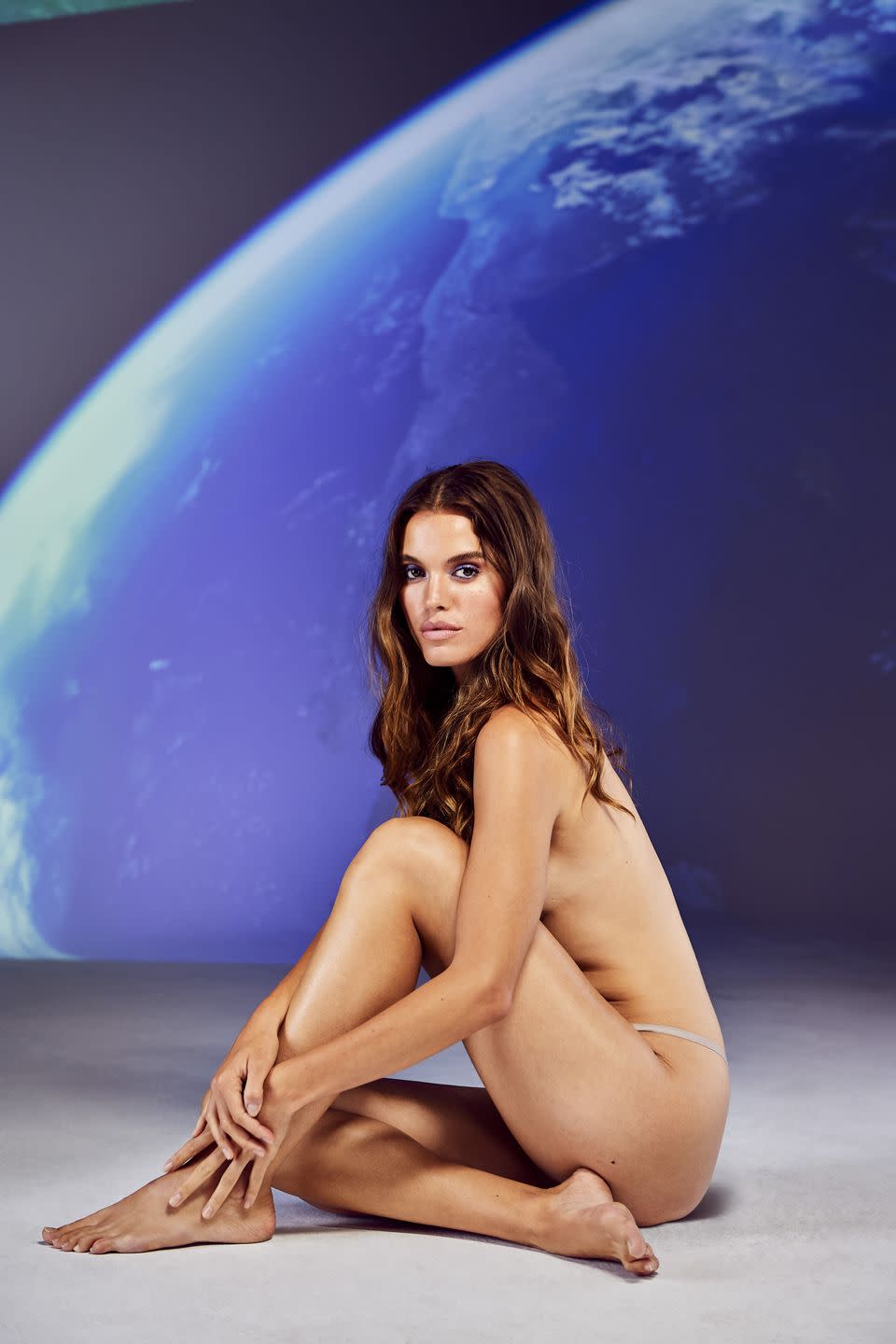
You Might Also Like

